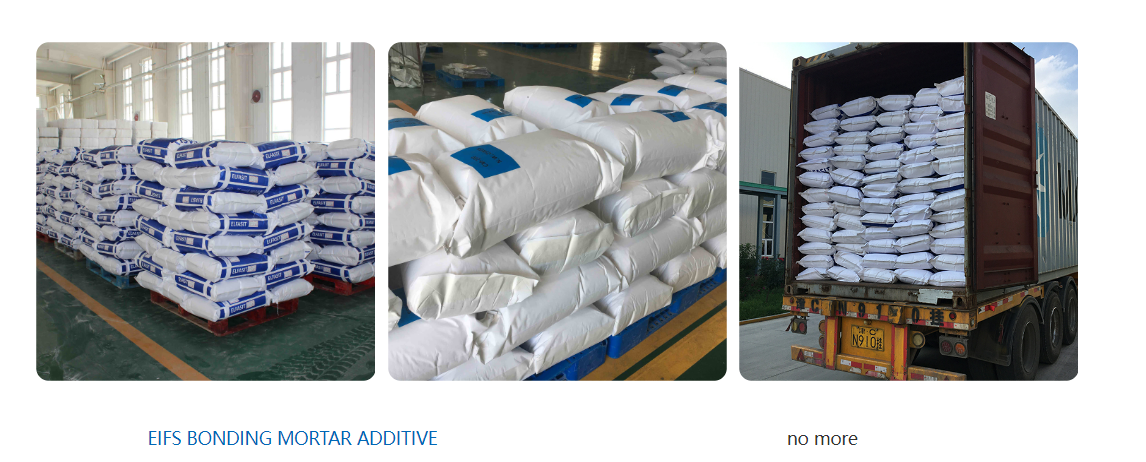
Nov . 11, 2024 22:09 Back to list
hpmc for mortar
HPMC for Mortar Enhancing Performance and Durability
Hydroxypropyl methylcellulose (HPMC) is a non-ionic, cellulose-based polymer that has become increasingly popular in the construction industry, especially in the formulation of mortar. Mortar is a mixture of sand, water, and cement, serving as a binding agent for stones, bricks, and blocks. The addition of HPMC to mortar can significantly enhance its performance, workability, and durability, making it a preferred choice for construction professionals.
One of the primary advantages of incorporating HPMC in mortar is its ability to improve water retention. Mortar with HPMC retains moisture for extended periods during the curing process. This characteristic is particularly crucial in construction, as adequate moisture is essential for the hydration of cement, leading to better strength development. By preventing premature drying, HPMC helps ensure that the cement hydrates fully, resulting in a stronger final product.
HPMC for Mortar Enhancing Performance and Durability
Additionally, HPMC provides excellent adhesion properties. The presence of this polymer allows the mortar to bond more effectively to a variety of substrates, including concrete, brick, and stone. Enhanced adhesion not only improves the structural integrity of the bonded materials but also minimizes the risk of delamination and failure in the long term. This feature is particularly important in areas subject to significant thermal and mechanical stresses.
hpmc for mortar

Moreover, HPMC contributes to the flexibility and elasticity of mortar. Traditional cement-based mortars can be brittle, making them susceptible to cracking under stress. The incorporation of HPMC allows for some degree of movement without compromising the integrity of the bond. This flexibility is particularly valuable in regions with significant temperature fluctuations or seismic activity, where building materials must adapt to movement and prevent damage.
The use of HPMC in mortar formulations is not just about performance; it also aligns with current trends toward sustainability in construction. HPMC can allow for the formulation of mortars with lower cement content without sacrificing strength or workability. This reduction in cement usage can lead to a decrease in carbon emissions associated with cement production, aligning with global efforts to promote eco-friendly construction practices.
As the demand for high-performance building materials continues to rise, the incorporation of additives like HPMC in mortar applications becomes increasingly essential. With its superior properties in water retention, workability, adhesion, and flexibility, HPMC stands out as a valuable component in modern construction practices. Contractors and builders are encouraged to explore HPMC-enhanced mortars for their projects, as they not only improve the quality and longevity of the work but also contribute to a more sustainable built environment.
In conclusion, HPMC is a game-changer in the field of mortar formulation. Its diverse benefits make it an essential additive for enhancing the performance of masonry constructions. As the industry advances, the continued integration of innovative materials like HPMC will undoubtedly shape the future of construction, leading to stronger, more durable, and sustainable structures.
-
Versatile Hpmc Uses in Different Industries
NewsJun.19,2025
-
Redispersible Powder's Role in Enhancing Durability of Construction Products
NewsJun.19,2025
-
Hydroxyethyl Cellulose Applications Driving Green Industrial Processes
NewsJun.19,2025
-
Exploring Different Redispersible Polymer Powder
NewsJun.19,2025
-
Choosing the Right Mortar Bonding Agent
NewsJun.19,2025
-
Applications and Significance of China Hpmc in Modern Industries
NewsJun.19,2025







